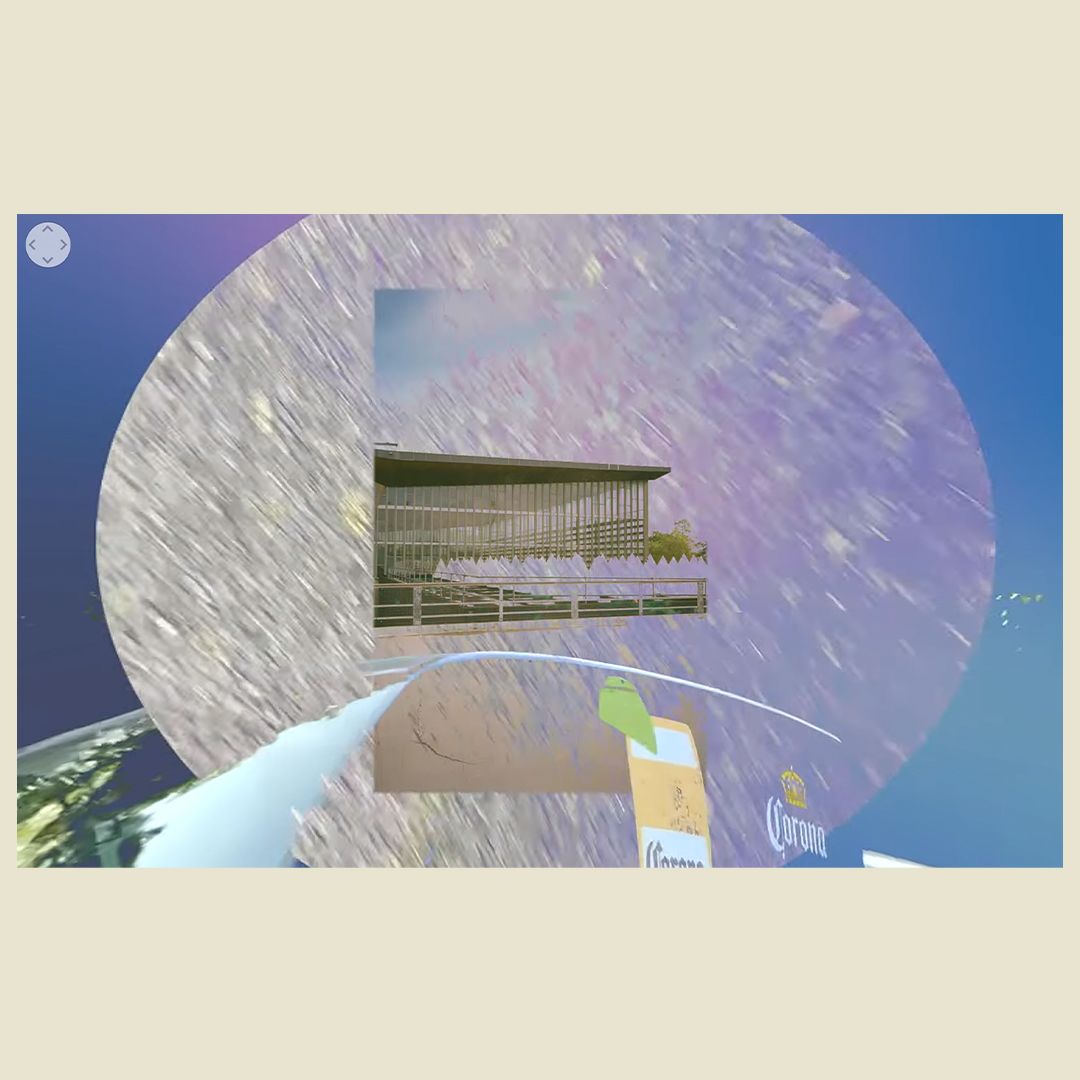
BA (Hons) Fine Art: Drawing, Camberwell College of Arts, UAL | Photograph: Camberwell College of Arts


Claudia Lehmann graduated from BA Fine Art: Drawing at Camberwell College of Arts this summer. Her Graduate Showcase 2021 submission, HOME MEDI(T)ATION, focuses on the impact of the global pandemic separating her from her home in Cornwall. The project also won her the Cedric Morris Foundation Travel Award. We spoke with Claudia to find out more about her creative process and inspiration behind the project.
My practice uses both digital and physical processes to make sense of the current environments we find ourselves in. I have used my legs to virtually carry me home to Cornwall, while physically walking the equivalent distance of 553.96 km here in London. Researching through books, forums, video, sound and physical investigation allows me to construct the idea of place, layering multiple histories on one another to find meaning. I have made the journey accessible with a 176-page book, map, postcards and VR video to reach the widest possible audience.

Not being able to return home over the pandemic meant I longed for it. I am fascinated with seeing the unseen, uncovering times and places not personally experienced. The walk from home to home skimmed St. Michael’s ley line in places, and these sites held significant meaning to those before, spanning millennia. The pandemic has left me feeling alienated, from myself, other people, and the land I find myself in. By walking this line, along sites of importance and human connection, I could make sense of the chaos.
Nature has been a respite for many during this time and provided a quietening of the uncertainty. I observed the digital reading of the physical terrain through my screen, imagining what places I would pass through and their composition. Here in London, the physical reading of the digital terrain meant I materialised the exhaustion and ache of going home. I wanted to provide a space for a slowing down, and an ode to our shared experience where my audience may hopefully find some form of comfort.
Aphantasia, or a lack of a mind’s eye, meant the visualisation of the journey home was difficult at times, but helped me think through the frustration of missing home too. Considering my audience throughout the process was difficult, as I had to consider the restrictions in place and how this would impact my work. Not being able to physically walk to Cornwall shifted my way of working, but I enjoyed the juxtaposition between the 2 ways of thinking and 2 journeys home.

I simply wouldn’t have found walking as a medium if the pandemic had not have happened. When the first lockdown hit in March 2020, the beginnings of HOME MEDI(T)ATION began to grow legs. We had a state-enforced 1 hour of exercise, and no more. I began walking in London, mapping my way through my feelings of Cornwall. While words were already prevalent in my work, they took prominence, alongside photography. Over the course of the past year, my writing has developed into longer forms of writing, perhaps exploring the drawn-out nature of the pandemic that we never would have expected. It never seems to end.
This year has taught me about resilience in the most physically and mentally enduring way. I am amazed at what my body has done, but more amazed at everything I have seen. The transition from spring to summer, with the blooms and birds and dappled light through passing trees. Cracked concrete and modernist telephone exchanges. I have honoured the beauty in the mundane and often overlooked, and shall continue to do so in my future.
I have made the best out of the circumstances we found ourselves in, substituting dancing with friends for walking alone with the Gardeners’ World podcast, crying and aching, loving and seeing, and asking myself why have I done this to myself? But I would do it all again.
It has also taught me about collaboration and the sharing of ideas, with the coordination of our final show on campus at the Camberwell open studios. The last coming together on site was refreshing and provided us a space to not only appreciate how far we have come, but also speculate on a shared future of collaboration. You can see our work in the physical space on Instagram at @camberwelldrawing21.

My practice shifted away from any physical base, home or studio, and instead I found myself being able to create from anywhere I could put my laptop and think. Due to walking being the foundation of my making, much of the writing, photos and thinking happened on the move. It just required tidying up via the screen. The Camberwell open studios were vital to realising my work in a physical way and were integral to understanding how others will encounter my work.
I have enjoyed the opportunity to explore my thinking through a vast collection of mediums, and the physical space to explore them in. The course environment fostered thought-provoking conversation between lecturers and my peers, and led to diverse and enriching interests and outcomes.

I am beyond excited to have just been awarded the Cedric Morris Foundation Travel Award. This will allow me to continue my research into communication and hidden frequencies, this time focusing on Guglielmo Marconi’s wireless inventions. The first transatlantic wireless radio signal was sent from Poldhu, Cornwall to St. Johns, Newfoundland. I shall be heading to Newfoundland in the coming year to investigate the revolutionary invention that created our wireless digital existence we know today, and subsequent impacts it has had on the environment.
Telephone
+44 (0)20 7514 6302